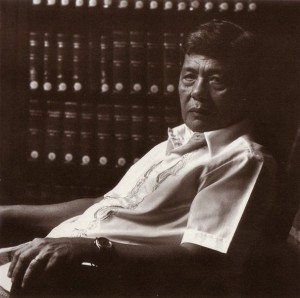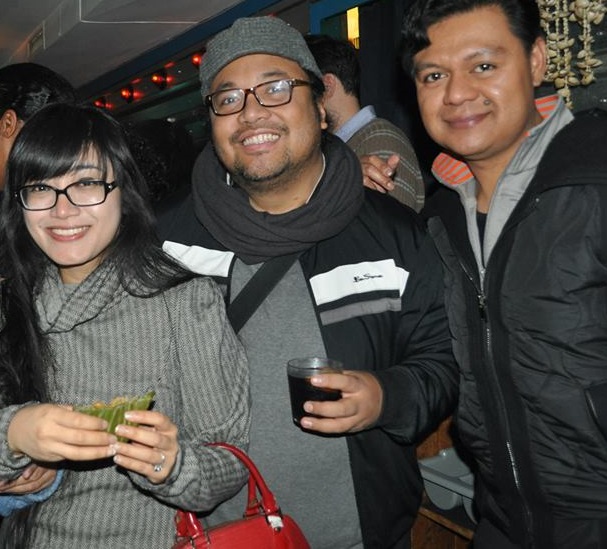Communities, companies come together for bystander intervention training
By Cristina DC Pastor
When Filipino accountant Noel Quintana was slashed across the face on February 3, 2021, he staggered out of the crowded train with blood all over, later muttering to himself, “Nobody came to help.”
One would think that in such a situation, one would at least lift a finger to press the emergency button. No one did. Instead, everyone sprinted out when the train doors opened, like horses at the starting gate of the Kentucky Derby.
At the time of Noel’s attack in 2021, very few have heard of the concept called “bystander intervention.” With so many Asian Americans becoming victims of harassment and physical violence over the last couple of years, bystander intervention has become a part of our survival toolbox as members of society. Some people who witness harassment in a public place want to take action to protect the victim, but many don’t know how.
Bystander intervention strategies can be summed up in 5 Ds: Distract (the harasser), Delegate (bring in another person to help), Document (record the attack in a safe place or take notes), Delay (check in on the victim when it’s safe), and Direct (confront the harasser). Distracting the attacker by singing in a loud voice, for example, is one of the ways to ease tensions.
“Bystander intervention can be done in a way that is safe, and even as little as a knowing glance can reduce trauma for the person being harassed,” said Emily May, president and co-founder of Right To Be organization at the firstintercommunity workshop on bystander intervention organized by Right To Be and Wells Fargo held March 9 at AMC’s Times Square movie theater.
The event featured diverse communities discussing solutions to the rise in racial and religious harassment. It was hosted by NBC News anchor Richard Lui,[1] and included speakers from Asian Americans Advancing Justice-AAJC, T’ruah: The Rabbinic Call for Human Rights, and Wells Fargo.

Right to Be reports that bystander intervention education has proven to be effective in empowering the public to take action. It says:
- 98.8% of attendees leave workshops feeling like there is at least one thing they can do to help next time they witness harassment
- 76% of attendees who saw harassment after attending a workshop reported that they intervened
“As Asian hate spiked with the onset of COVID-19 pandemic, we knew we needed to do more,” said Marita Etcubañez, senior director of Strategic Initiatives at AAJC. She said her organization has trained more than 150,000 people on how to safely intervene.
Right To Be’s Emily May said harassment in various forms — from covert racial microaggressions in everyday life to overt gender discrimination — happens anywhere including the workplace. “Oftentimes, we want to diffuse the situation but don’t know how.”
She said knowledge of intervention techniques will “empower the public with the skills they need to navigate instances of harassment as a bystander.”
“Our goal is to transform bystanders into allies!,” she declared.
NBC journalist Richard Lui echoed May. “In my reporting on anti-Asian hate and attacks against black, Latino/a and LGBTQIA+ communities over the past 10 years, I’ve seen how bystanders want to help but aren’t sure how.” He said the need to train people how to safely intervene is “greater than ever.”
Kimberly Bertz, head of DE&I Strategy and Employee Affairs, stated how bystander intervention is important to Wells Fargo. She said, “As an organization that operates in many cities and neighborhoods where hate incidents have occurred, this also is a concern for Wells Fargo. Bystander intervention workshops are a great way of celebrating belonging, because they create a sense of unity and connectedness among individuals, while reminding us all of the important role we play in keeping our communities safe.”
Gigi Dixon, head of External Affairs Engagement for Wells Fargo, said the bystander intervention platform is a way for her company to “listen” to its employees and to the country.
“We are listening, understanding the issues, the challenges, and coming together as allies and individuals to make a difference,” she said, “and to create “safe communities that are welcoming for our people.”













